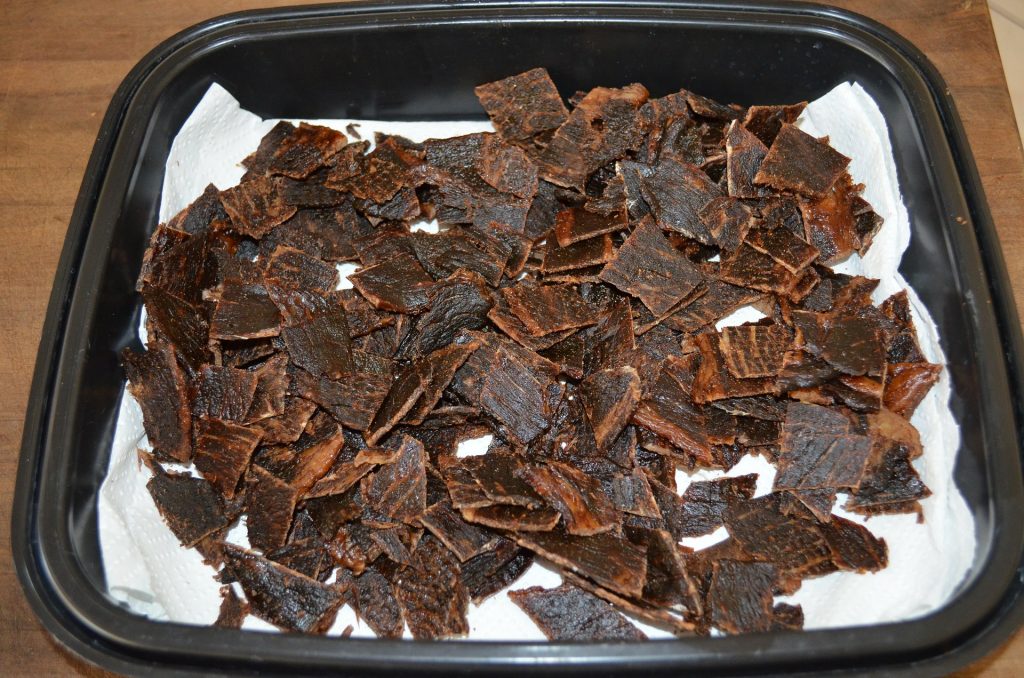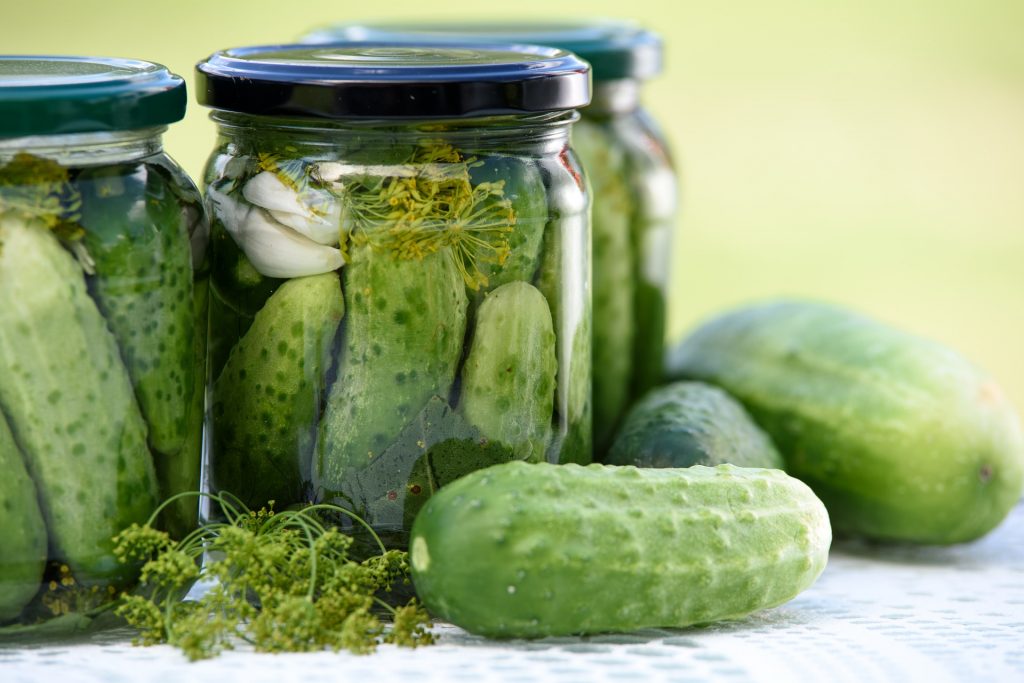The Best Food Preservation Methods
Food waste is a big problem in America, especially when it comes to fresh foods like veggies and fruit. How do you make sure you aren’t throwing away what you buy? You preserve it. Here are six of the best methods:
Freezing
Freezing is probably the most common way to preserve food, especially vegetables and full meals designed to be “freezer-friendly.” For vegetables, you should first blanch them, which means boiling them in water for just a few minutes and then dumping them in ice water to stop the cooking process. To prevent freezer burn, store food in vacuum-seal bags. These also let you store the food for 3-5 times longer than with regular bags.

The Best Food Preservation Methods: What drying does is suck all the bacteria-attracting moisture from a food while also concentrating its flavor
Dehydrating
People have been drying foods (think beef jerky) for thousands of years. There are a handful of methods, including a dehydrator or just in the oven. What drying does is suck all the bacteria-attracting moisture from a food while also concentrating its flavor. Fruits, veggies, fruit leathers, and lean meats all dry well. You want to store dehydrated foods in dry, cool areas.
Canning
The most common form of canning is “water-bath canning,” which is done with a large stockpot, lid, and sealed jars. By boiling sealed jars for a specific amount of time at a certain temperature, you destroy any microorganisms that cause spoilage. The sealed lid on the jar prevents any new ones from getting in. Water-bath canning works best with high acid foods like fruits, tomatoes, pickles, and jams.
Freeze-drying
Once a method elusive to home cooks, freeze-drying is now possible thanks to specialized equipment. Harvest Right is a popular brand. It works using a powerful refrigeration condenser and vacuum pump. During the process, all of an ingredient’s moisture is frozen and then forced to evaporate. Freeze-drying is a great option for foods that are difficult to preserve with other methods, like dairy and soups.
Alcohol immersion
One of the most simple ways to preserve food, submerging high-acid foods in alcohol pulls out the water and prevents bacteria growth. You just have to be careful to not put too much food in too little alcohol. What kind of booze should you use? Vodka, wine, brandy, and cognac are all good options. They also affect the taste of the food, so unless you want your fruit infused with a certain alcoholic flavor, use vodka.

The Best Food Preservation Methods: How does vinegar pickling work? Boil your vinegar solution, pour into a jar with food, cool, and then store in the fridge
Vinegar pickling
When you submerge food in vinegar, you’re basically pickling your ingredients and killing off bacteria. Depending on where you look, you’ll see other ingredients like salt, water, and sugar. What kind of salt and even what kind of water you use will differ. For example, some people will suggest using pickling salt, which can make the water turn cloudy, but it has small crystals that dissolve easily; on the other hand, kosher salt doesn’t cause that cloudiness, but it dissolves more slowly. As for water, using hard water will bring in more minerals, which may affect the process. You’ll have to try a few recipes before deciding what you like best.
How does vinegar pickling work? Boil your vinegar solution, pour into a jar with food, cool, and then store in the fridge. For longer-term storage, you should brine the veggies, drain, and then boil with the vinegar solution.
——-
Not a fan of how expensive good vegetables are? Try growing your own garden in your backyard!




